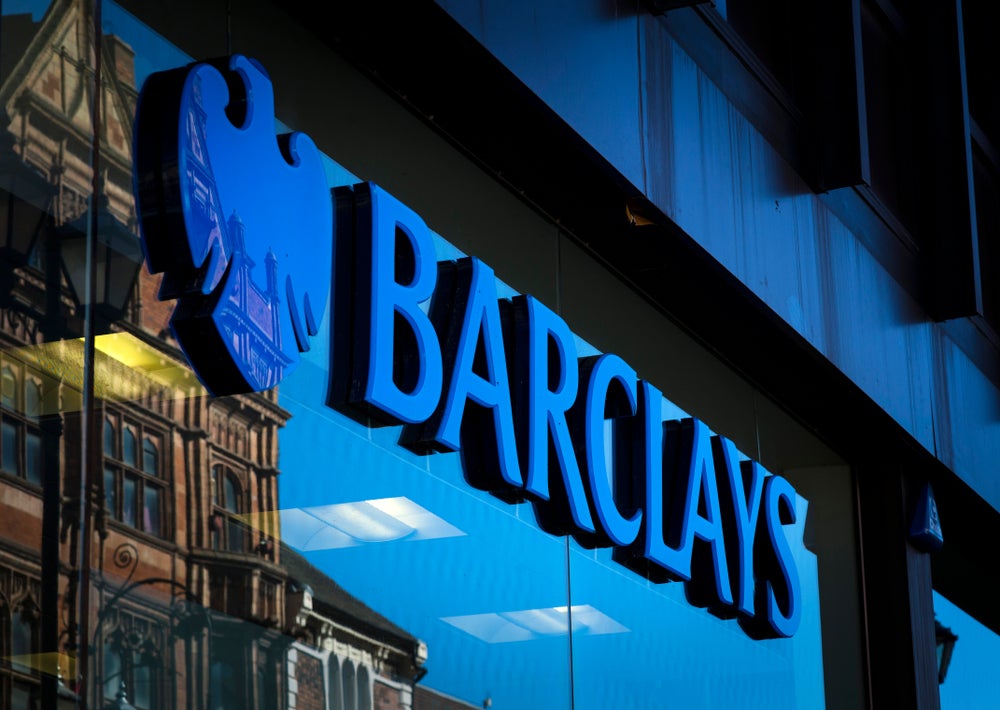
In a concerted effort to engender more competitive market conditions, regulators are instigating an unprecedented combination of supply- and demand-side initiatives, premised on the transformative potential of digital technology.
Top regulatory trends impacting digital banking
Listed below are the top regulatory trends impacting digital banking, as identified by GlobalData.
Open banking enables new business models
In Europe, the PSD2 is de facto rubber stamping of the customer benefits of fintech. In removing two long standing barriers to entry – access to bank data, and payments infrastructure – the directive emboldens disruptors further, enabling a variety of new business models that cut across industry lines and provider types.
In the US, openness has emerged ground-up, with a series of bi-lateral deals enabling data sharing, but with guidance from the Consumer Financial Protection Bureau (CFPB). China has had a level of openness the rest of the world now seeks to emulate top-down since she began liberalising, and now seeks to “close” slightly to restore consumer trust. India, meanwhile, built the Unified Payments Interface (UPI) to enable open real-time payments along with IndiaStack APIs.
National regulators are relaxing licensing conditions
The Bank of England has introduced an expedited two-step process, in which start-up banks get a preliminary license to work with a small group of customers while providing regular reports. If that goes well, they are granted a full license within 12 months. (Note: the faster growing new digital banks in the UK – Revolut, Monzo, and N26, with three million customers combined – all used the two-step process. The slower growing three – Tandem, Starling and Atom – all waited two years before receiving their charters, then launched). India introduced the new Payments Bank license in 2015 (close equivalent to a European e-money license). Hong Kong granted four new virtual bank licenses for the first time ever in 2019. Singapore is now following suit.
Authorities are clarifying sandbox environments for partnership, as the Financial Conduct Authority (FCA) and Singaporean Monetary Authority (SMA) have. Even leaning towards risk-based regulation, so fintech taking on less risk – say, not holding money, or confidential data – are held to a lower regulatory standard. In the US, the Office of the Comptroller of the Currency proposed a special-purpose national bank charter, allowing fintechs to operate nationally without having to meet the stricter regulatory and capital requirements dictated by a full charter (though for now a banking license in the US requires providers to operate at least one branch).
How well do you really know your competitors?
Access the most comprehensive Company Profiles on the market, powered by GlobalData. Save hours of research. Gain competitive edge.

Thank you!
Your download email will arrive shortly
Not ready to buy yet? Download a free sample
We are confident about the unique quality of our Company Profiles. However, we want you to make the most beneficial decision for your business, so we offer a free sample that you can download by submitting the below form
By GlobalDataProtecting consumers from product push
Regulators are imposing caps on variable pay, and supporting so-called balanced scorecards to guard against product push. This forces sales staff to engage more meaningfully with the specifics of each customers’ financial situation, and devise new performance metrics based on helping customers (whether that results in new product sales or not).
Protecting consumers from hidden fees and punitive charges
Regulators have clamped down on punitive overdraft charges, interchange fees, and misspelling of Payment Protection Insurance (PPI) (e.g. Dodd-Frank and CFPB in the US). This has forced banks to address a well-known cross-subsidy problem: because fee income propped up revenue, providers weren’t forced to look at which products, services and channels were standalone profitable and what customers actually valued (as they often did not pay where they received value). Some banks responded to this by removing “free” banking and revising transaction fees in accordance with costs incurred (digital free, branch at cost).
Increasing fee transparency
Related to the above, initiatives like the Retail Distribution Review (RDR) in the UK (which make fees for advice more transparent) make new digital entrants more enticing, as does the European Union (EU) MiFiD II and Canada’s CRM2, insofar as both expose the true costs of financial services to customers.
Increasing the cost of business Basel III is designed to protect the financial stability of the system by increasing capital adequacy ratios, but this increases the cost of business by obliging banks to hold more money in reserves (and not earn income from lending it out).
General Data Protection Regulation (GDPR)
GDPR prepares banks for the growing importance of digital – data-driven – business models. Failing to obtain permission to process data will result in fines up to 20 million euros or 4% of global turnover.
Digital inclusion
Widening access to digital financial services is now a central plank of all economic development plans. In India, India First and IndiaStack APIs create unique conditions for new infrastructure-lite distribution models. Africa, the second fastest growing banking market in the world, has been a hot bed of new digital innovations ever since M-Pesa. In developed markets, initiatives such as Single Digital Entity, with goals of 90% connectivity by 2020, support digital banking by reducing the need for bank-sponsored marketing and awareness.








